In the early decades of the 20th century, the Harlem River was a bustling and vital waterway, a scene of intense athletic competition, commercial traffic, and impressive feats of engineering. This tidal strait, which separates Manhattan from the Bronx, was far more than a simple boundary; it was a major artery for recreation and transportation, lined with grand bridges, boathouses, and famous landmarks.
The river was the undisputed capital of American recreational rowing. On any given afternoon, the water would be filled with the sleek, slender shells of rowing crews. The Bronx bank of the river, in particular, was lined with the boathouses of numerous private clubs, such as the Lone Star Boat Club and the Nassau Boat Club. University crews, most notably from Columbia, also used the river as their primary training ground. The highlight of the season was the Decoration Day regatta, which drew tens of thousands of spectators. They would crowd the riverbanks and bridges, and special observation trains would run along the tracks on the Bronx side, allowing fans to follow the races as they progressed up the river.
Read more
Connecting the rapidly growing Bronx with Manhattan was a series of distinctive bridges. The oldest and most picturesque was the High Bridge, a magnificent stone arch aqueduct built in 1848 to carry the city’s water supply. While it carried water, it also served as a popular pedestrian walkway, offering spectacular views. Newer, grander bridges designed for heavy traffic, like the arched steel Washington Bridge, also spanned the waterway. A key engineering feature of the river was its many “swing” bridges. These bridges were built on a central pivot and could be swung open, parallel to the riverbanks, to allow tall-masted commercial ships and steamboats to pass through.
The Harlem River was also a working commercial waterway, connecting the Hudson River to the East River through the recently completed Harlem River Ship Canal. The river saw a steady traffic of barges hauling coal, ice, lumber, and other bulk goods to service the industries and homes of the Bronx and Upper Manhattan. Passenger steamboats also used the river, carrying city dwellers on excursions to recreation spots further up the Hudson.
The landscape along the river’s edge was dramatic and varied. On the Manhattan side, the steep, rocky cliffs of Highbridge Park rose sharply from the water. Just south of the park, nestled on the flat land by the river, stood the Polo Grounds, the famous ballpark that was home to the New York Giants baseball team. On game days, fans could watch the game from the stands or even catch glimpses of the action from boats on the river. Further north, Columbia University established its Baker Field athletic complex, with a football stadium and its own boathouse right on the water’s edge at the tip of Manhattan.


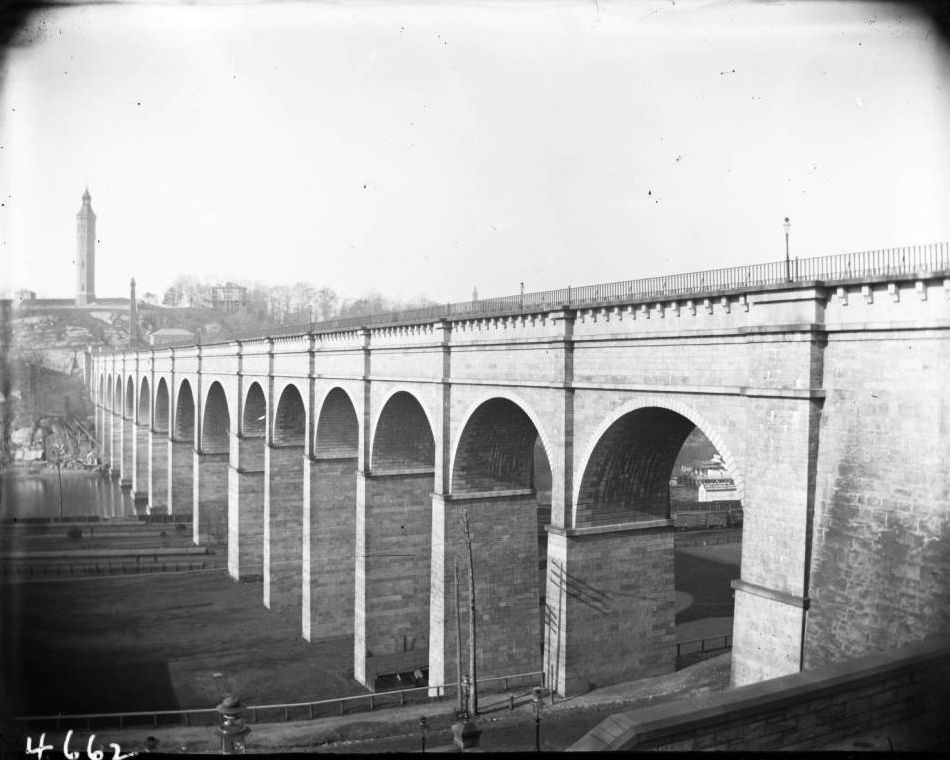
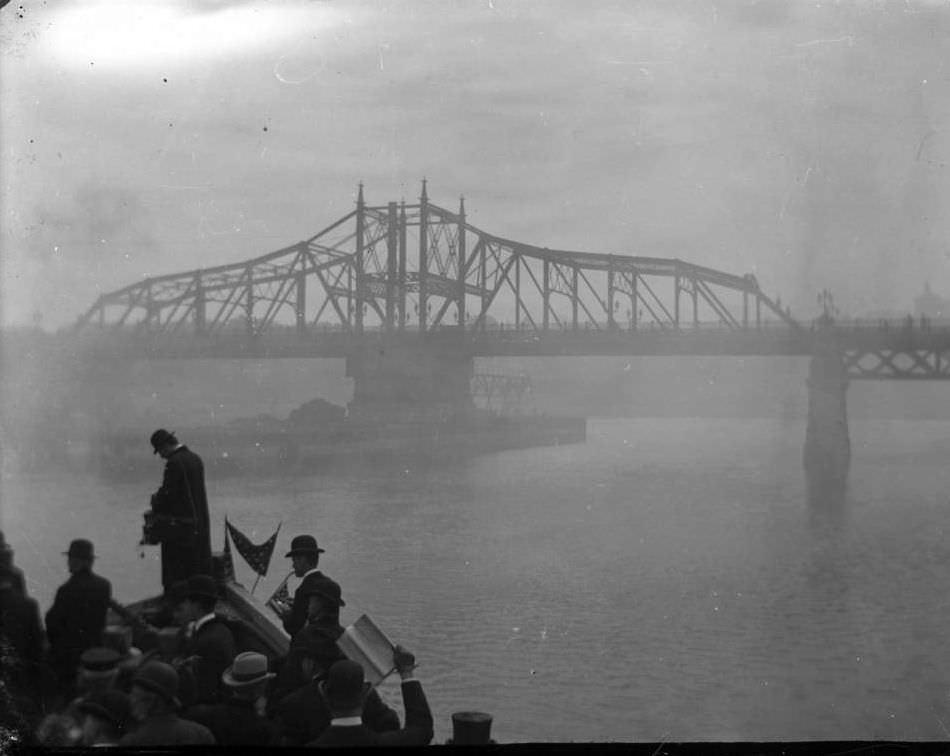
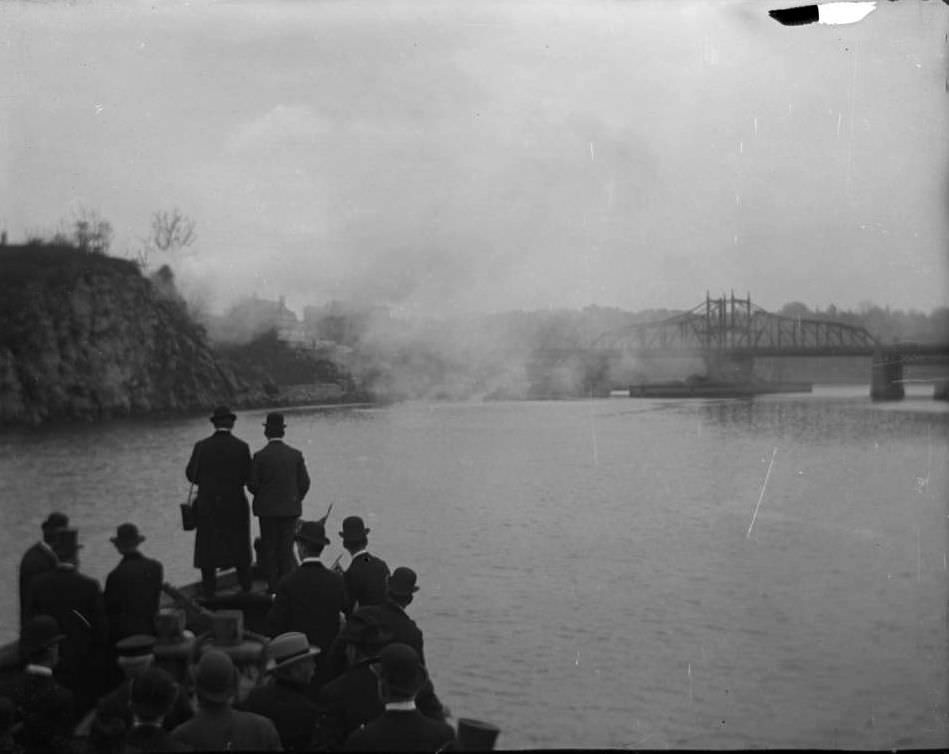
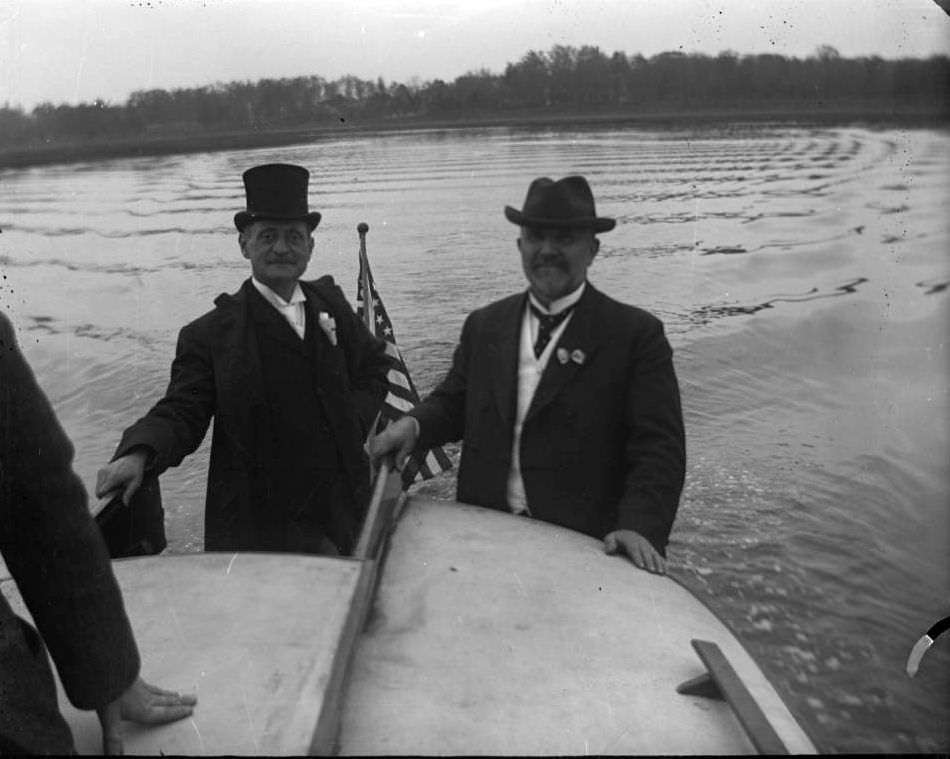
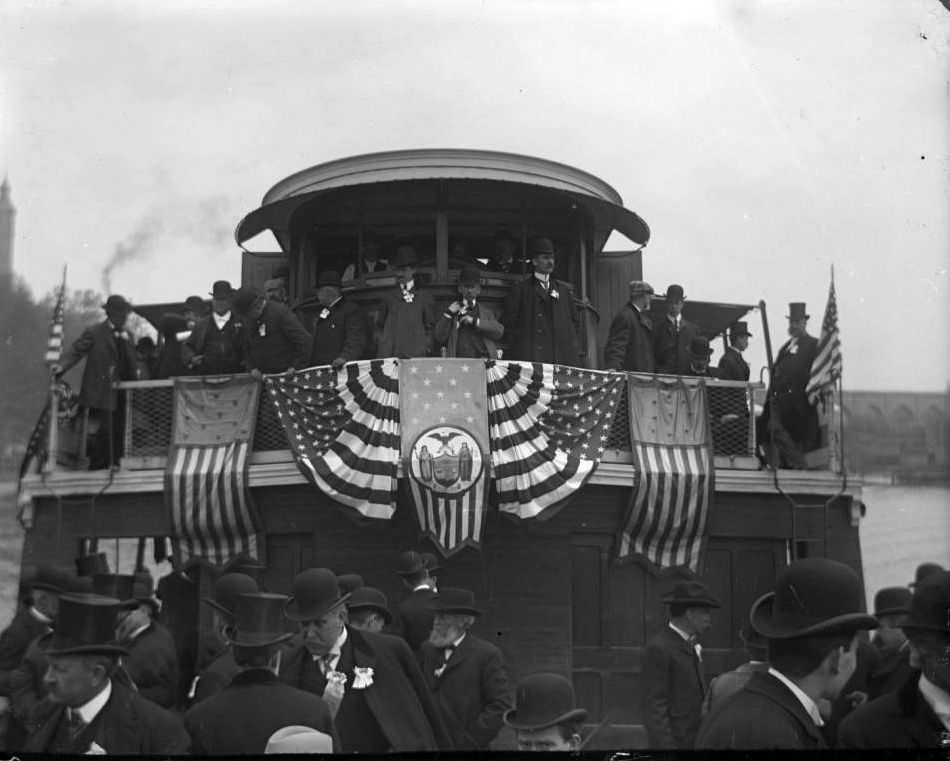
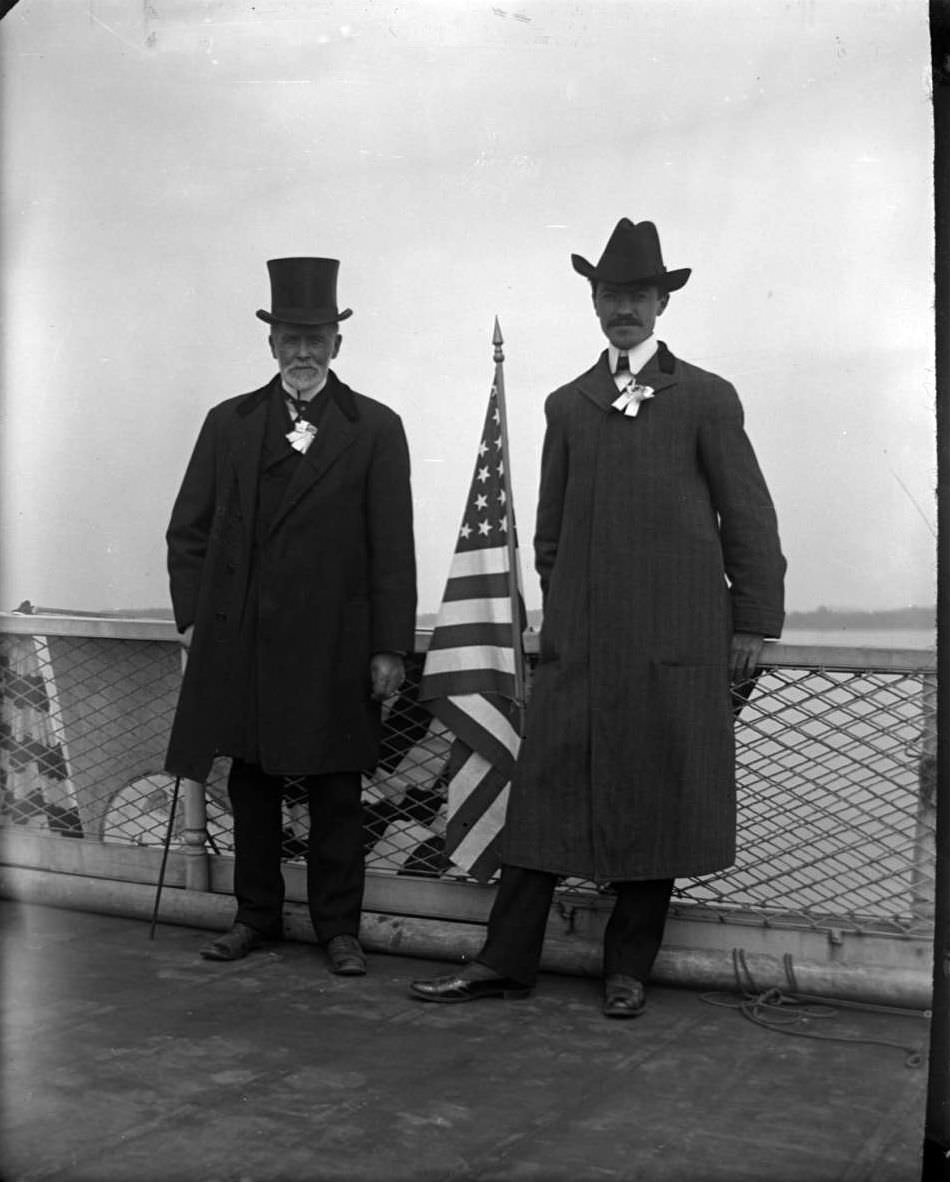
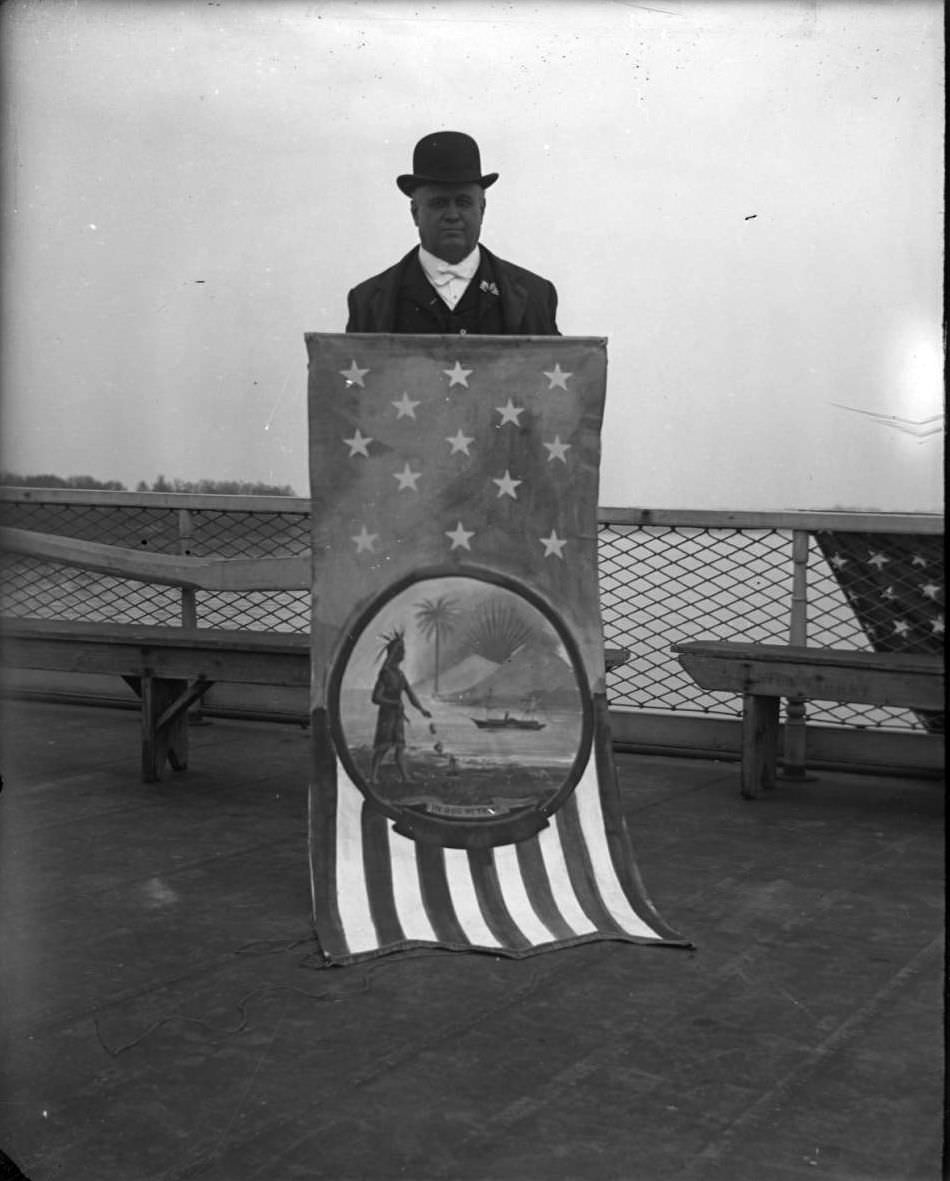
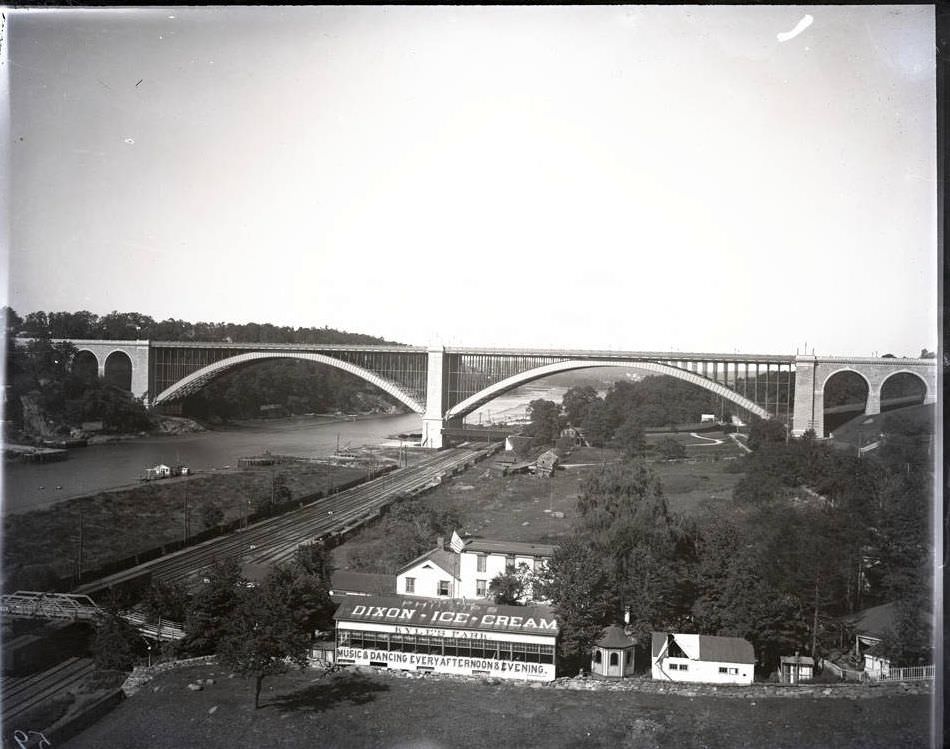
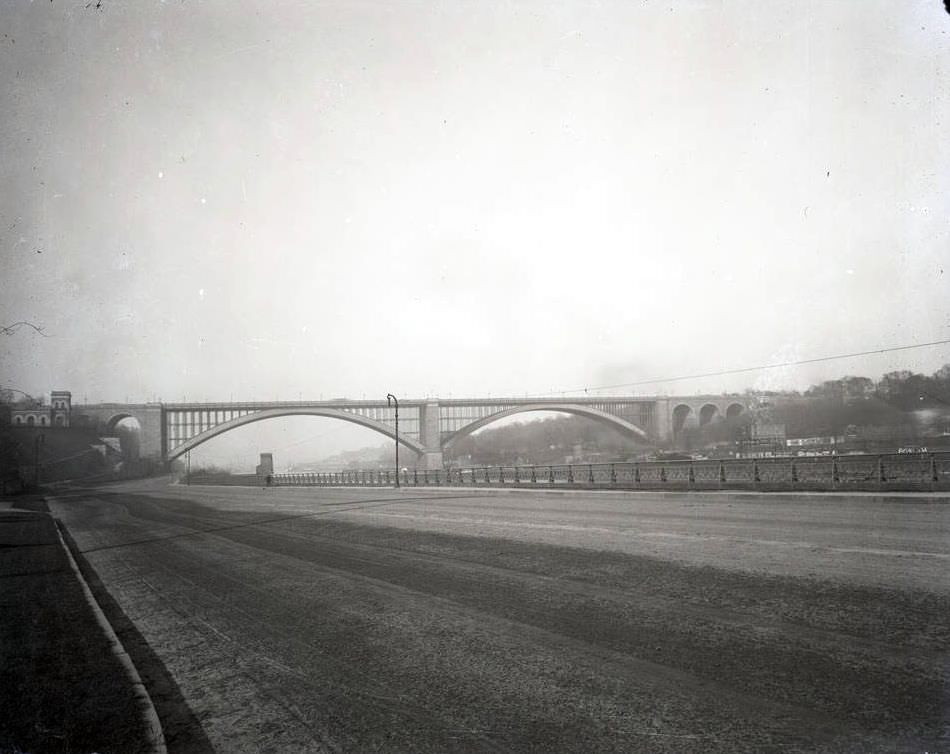
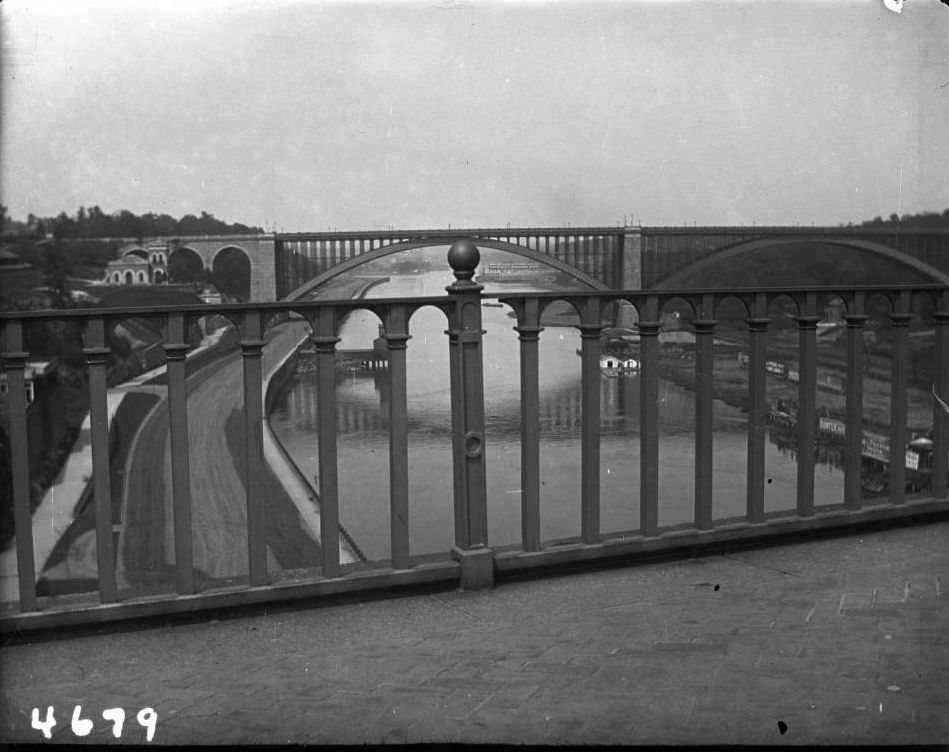
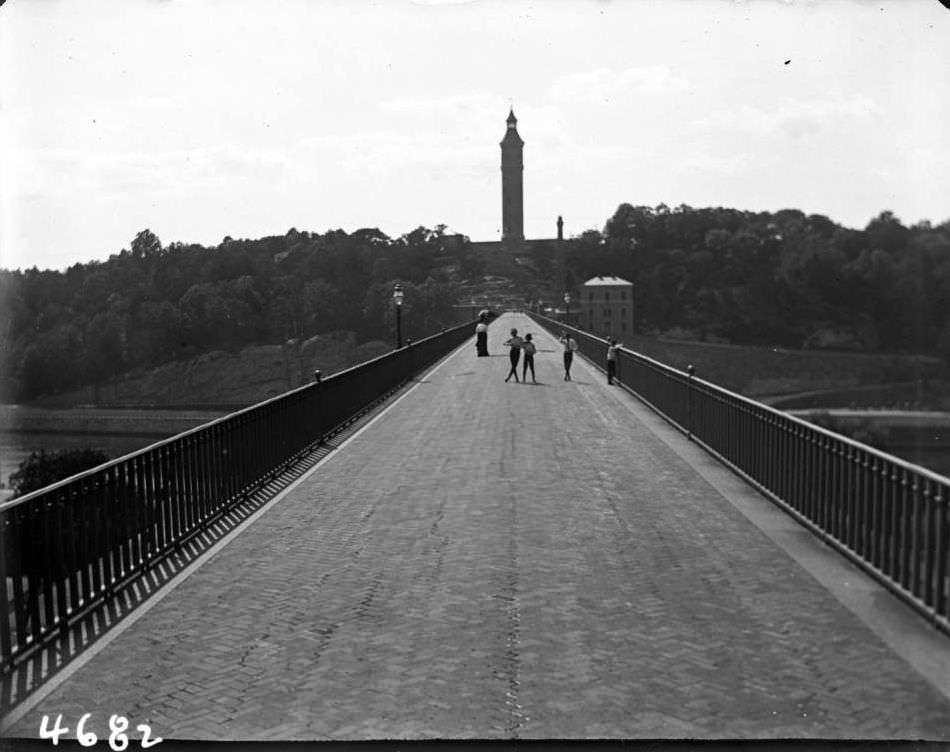
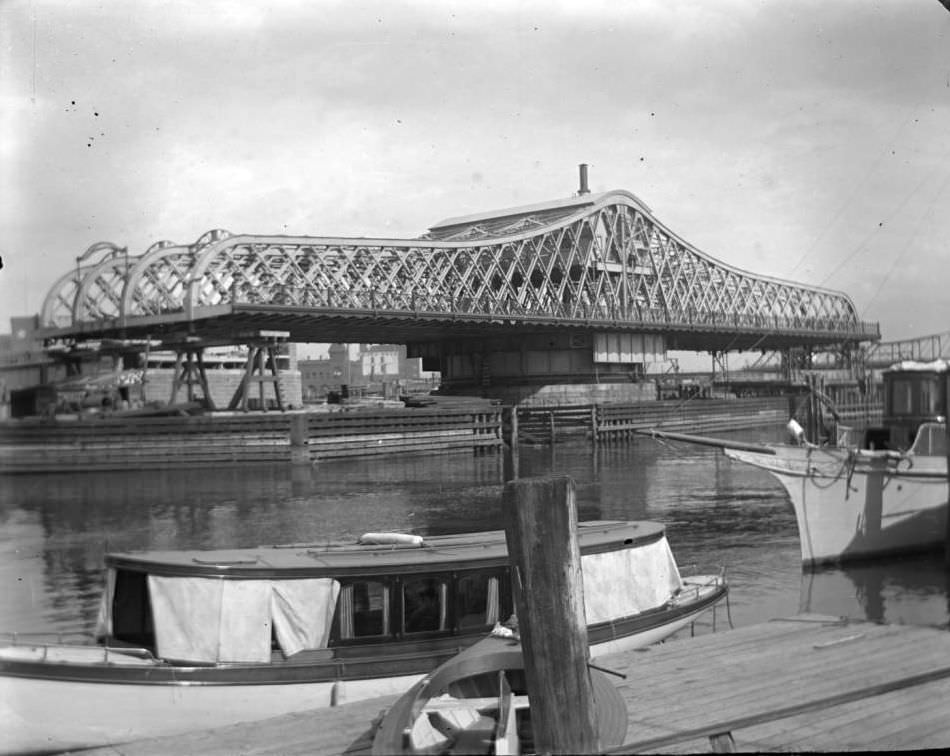
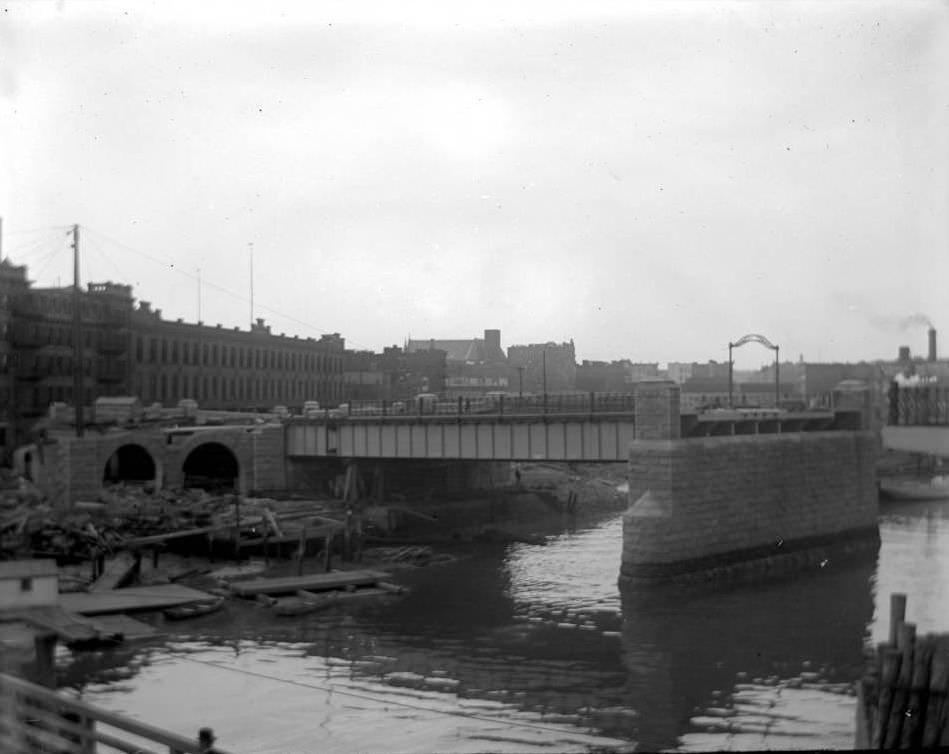
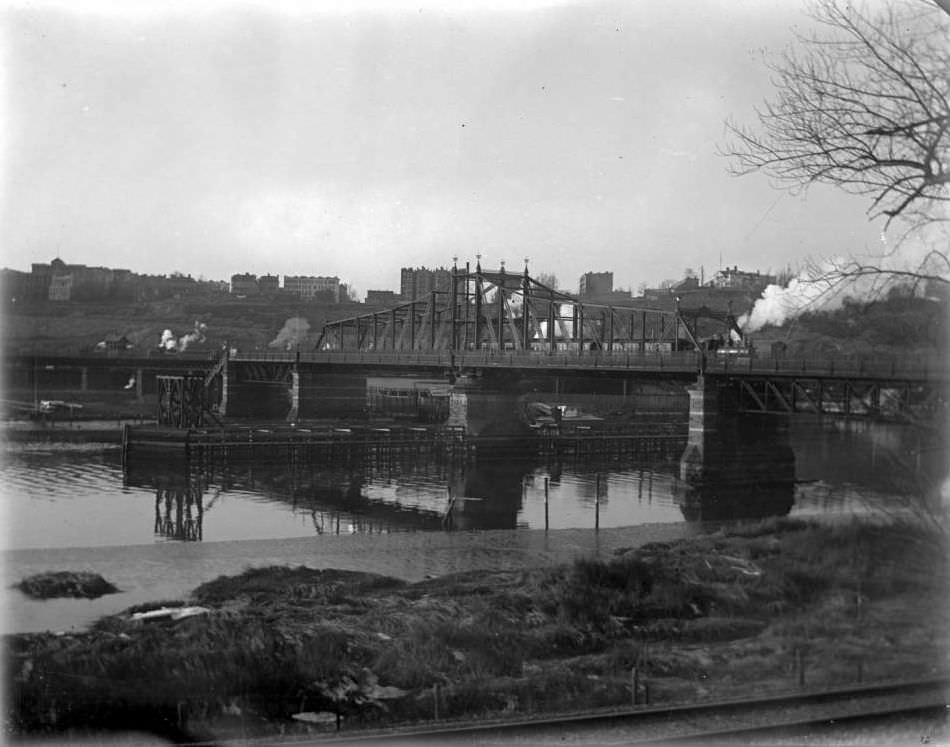
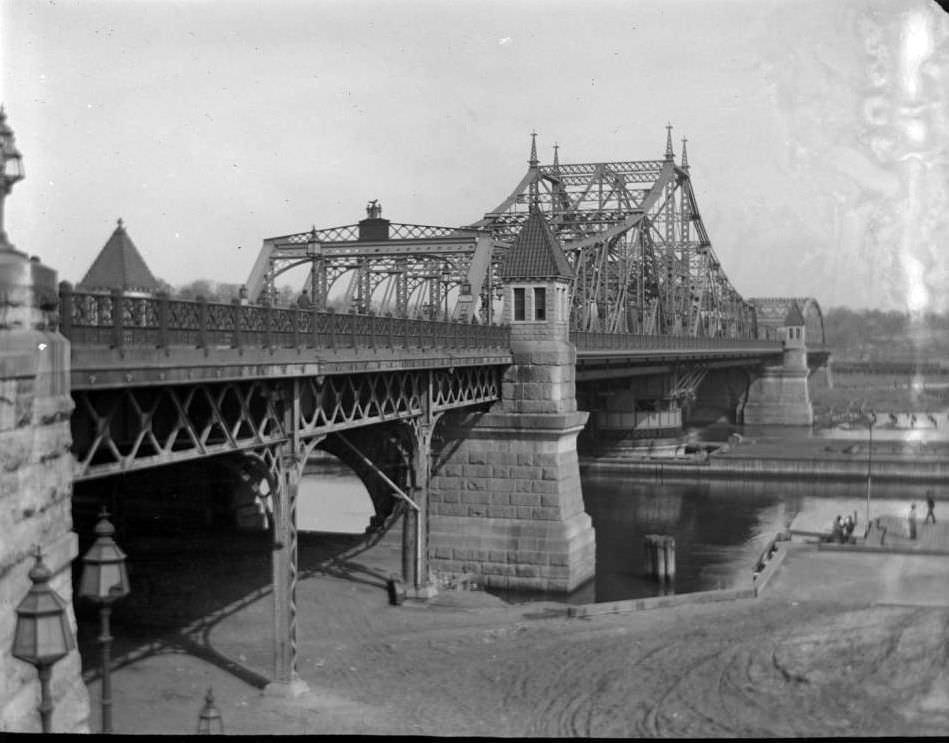
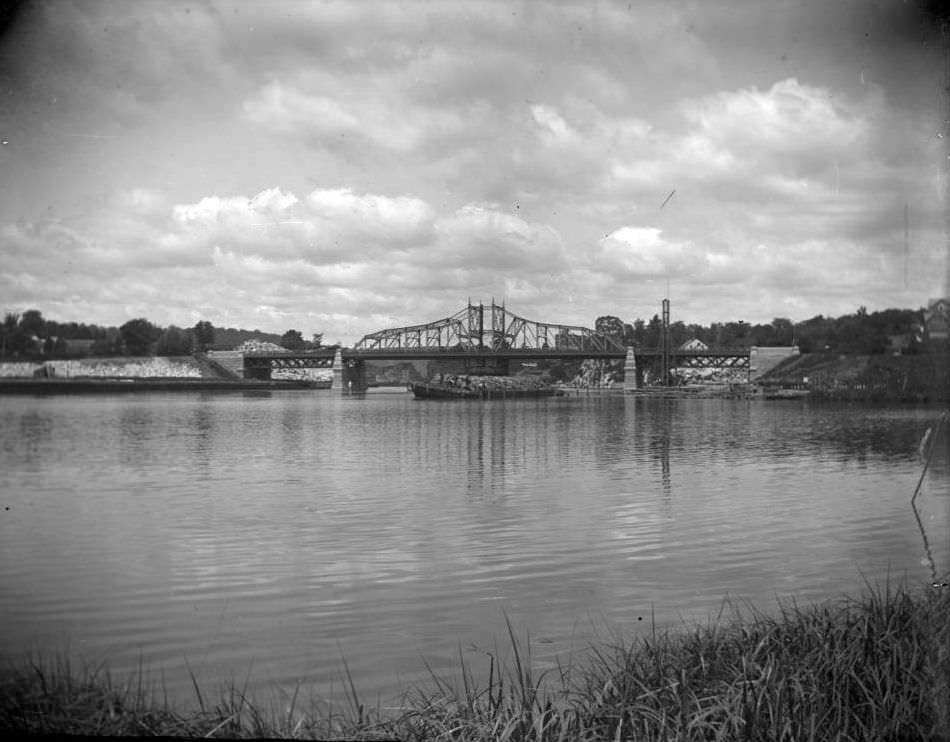
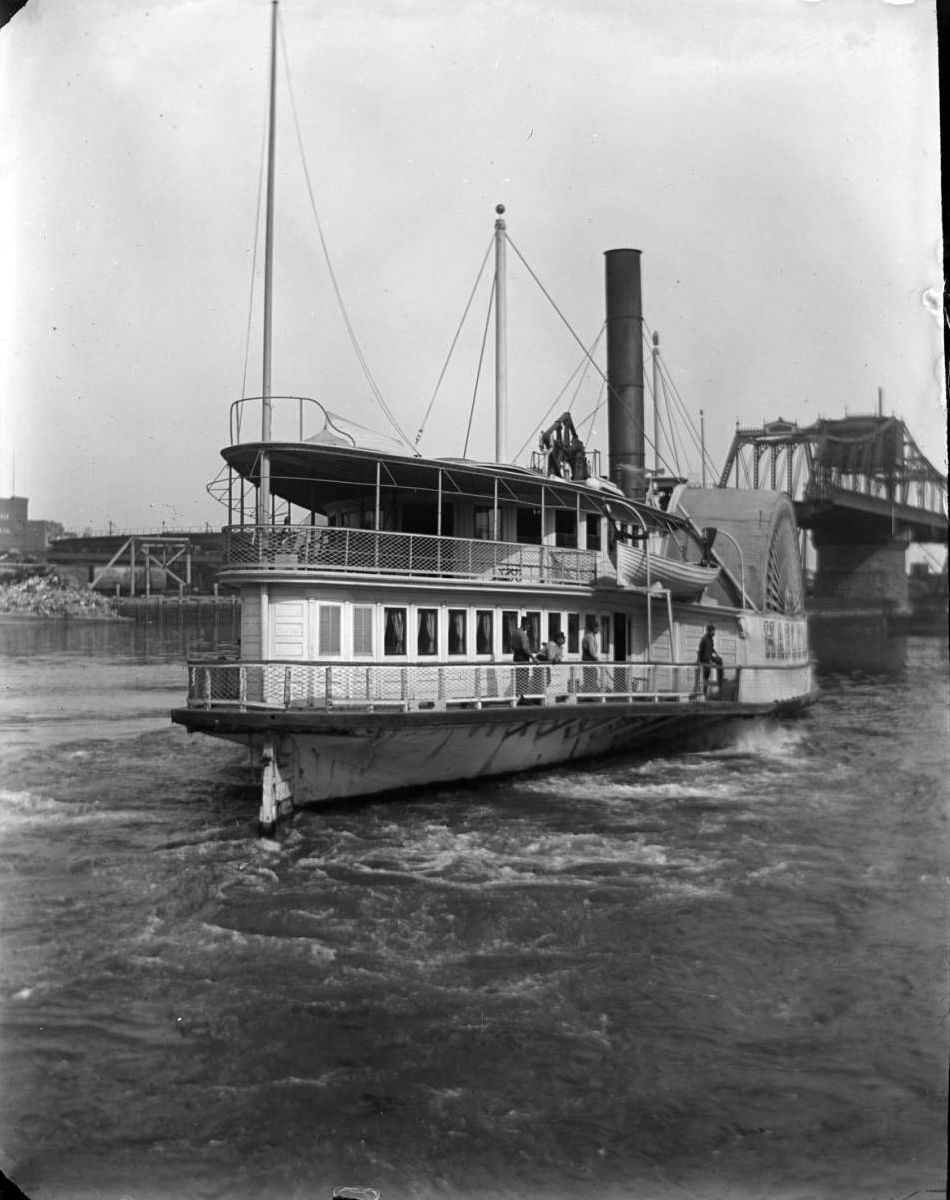
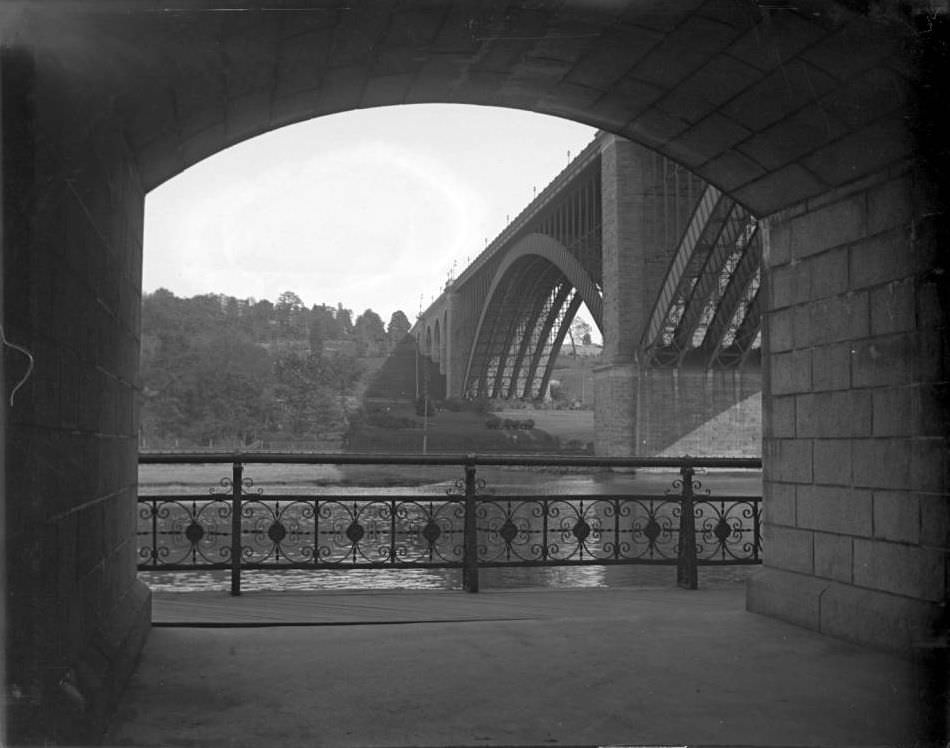
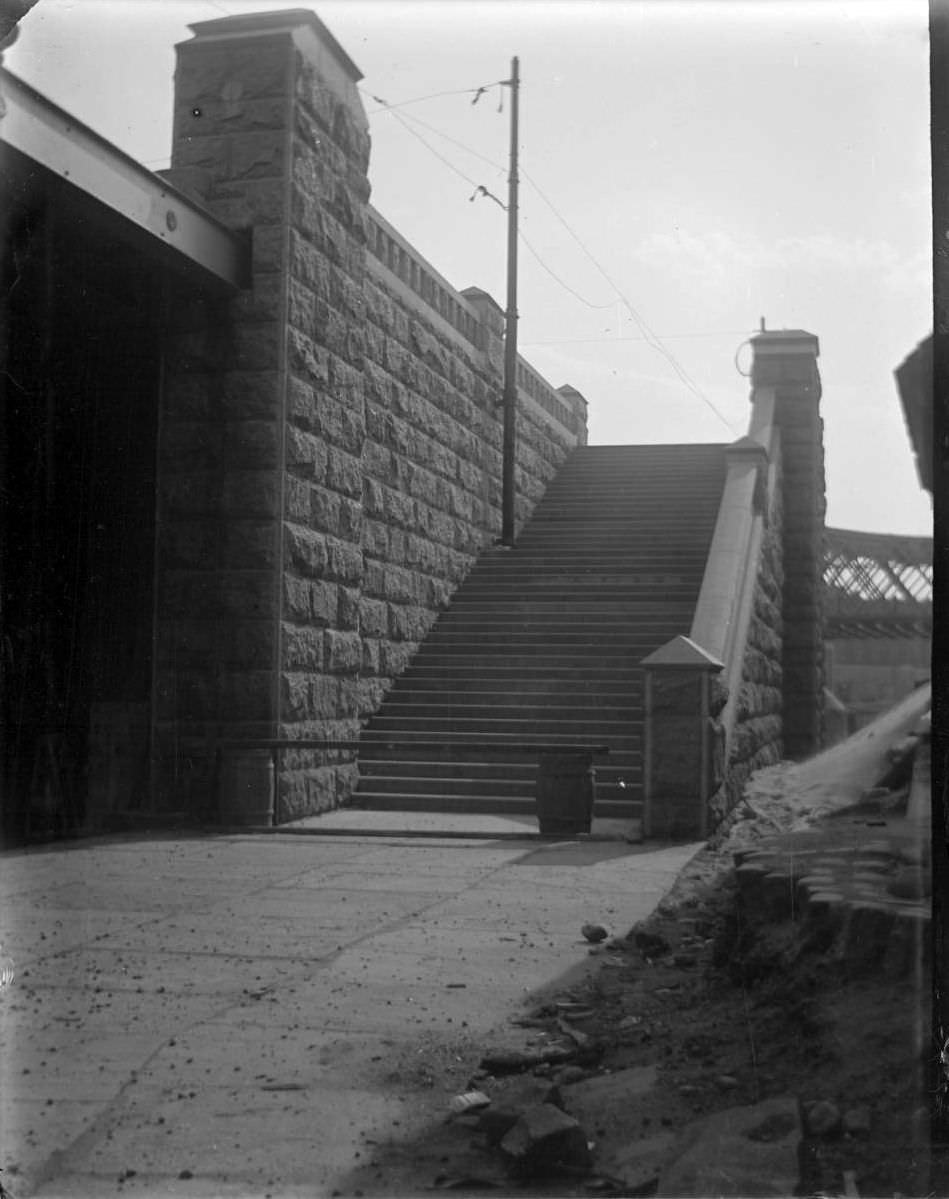
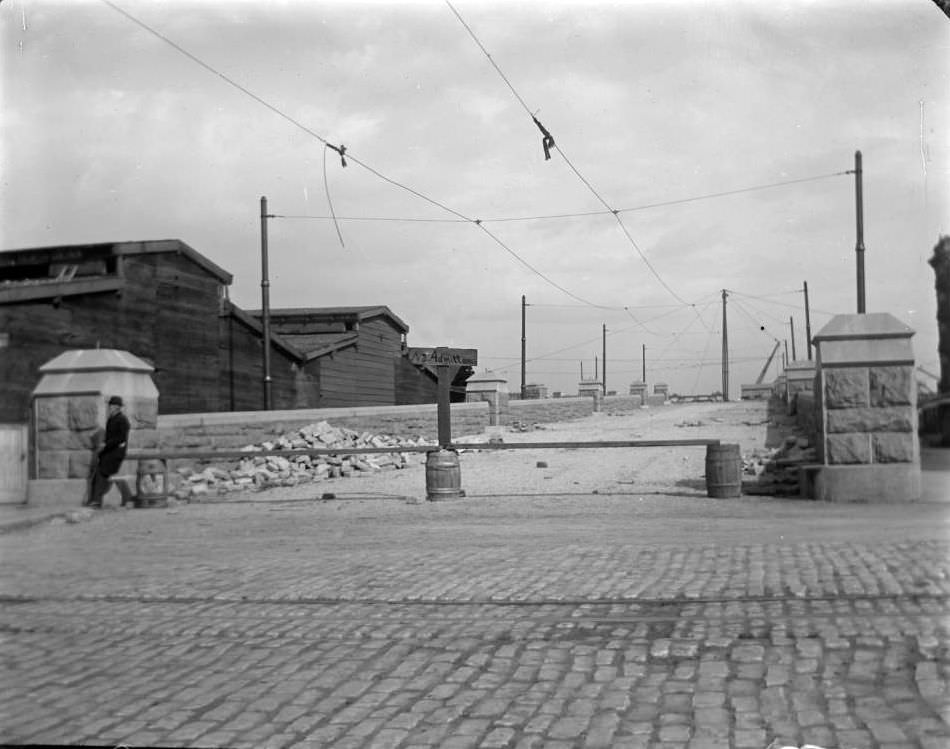
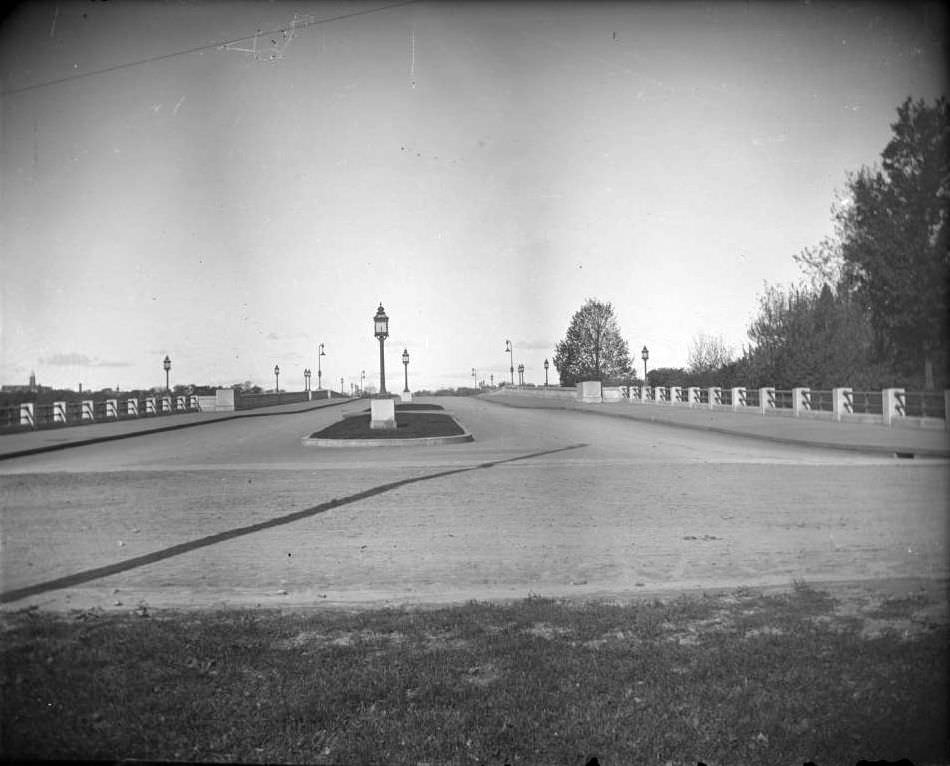

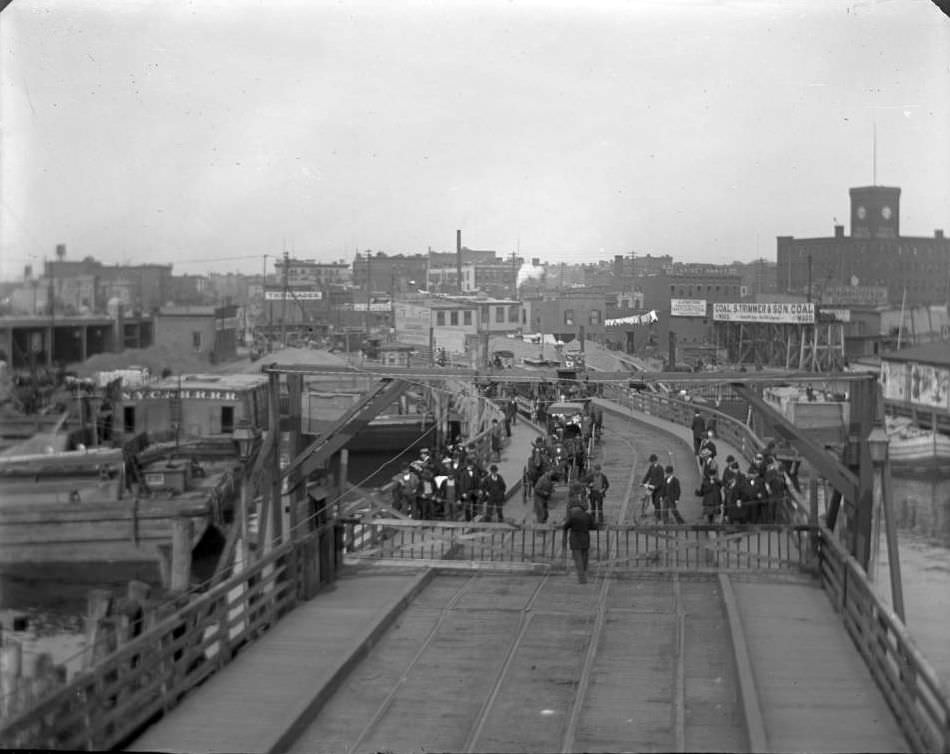
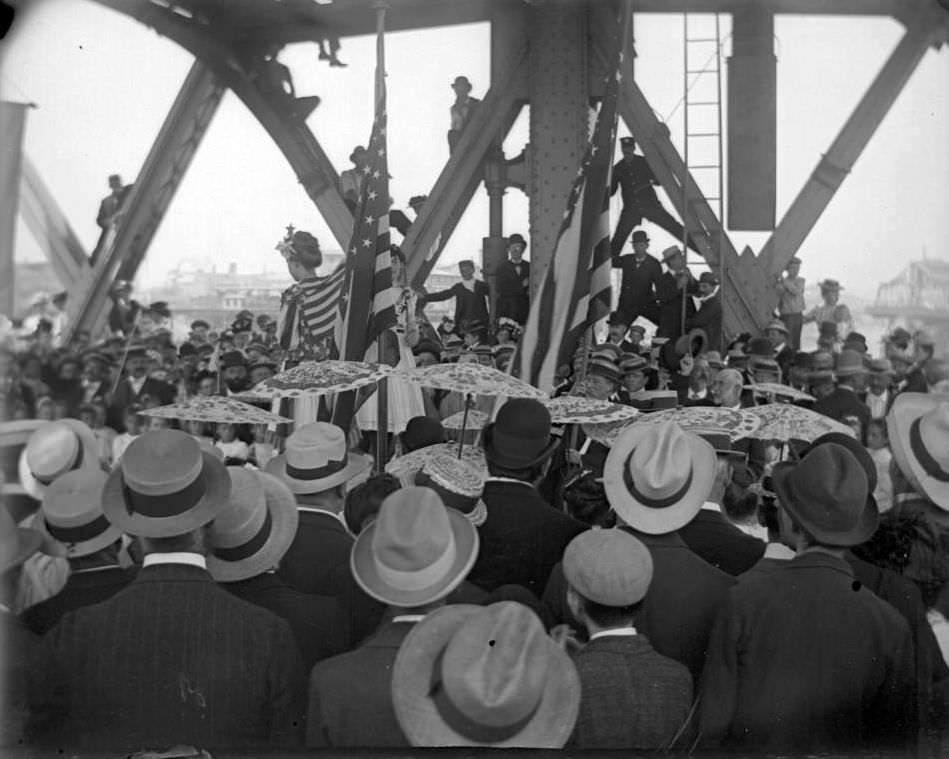

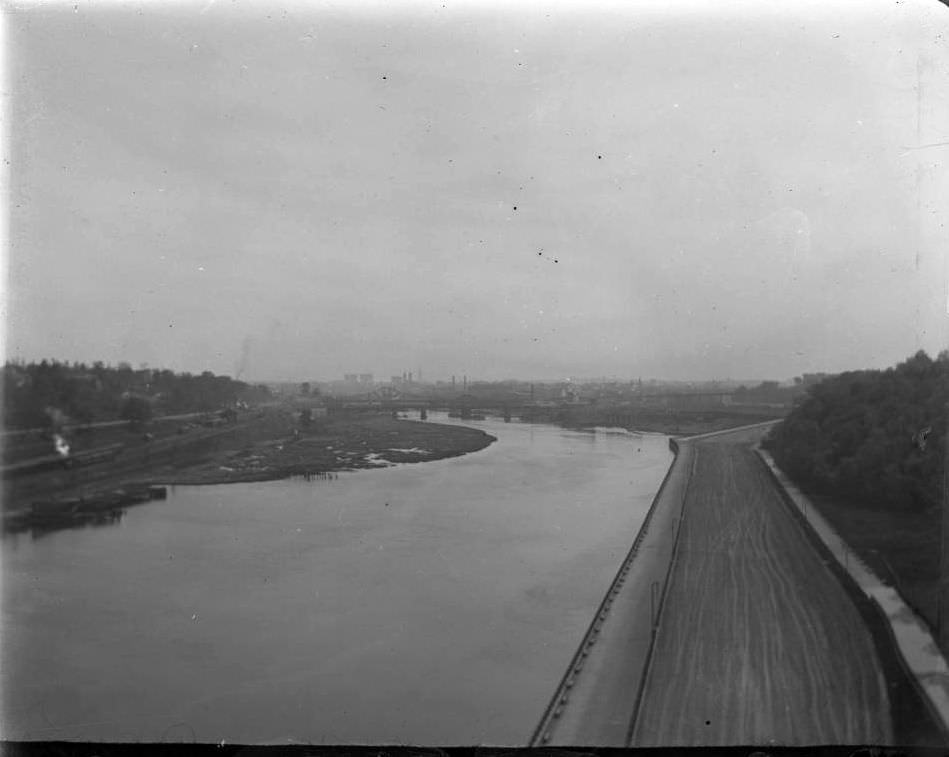

GIPHY App Key not set. Please check settings